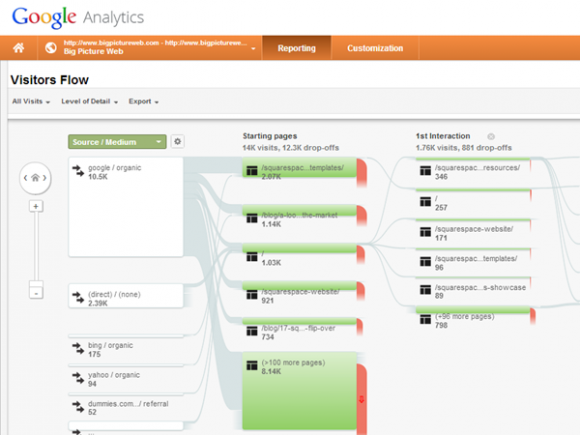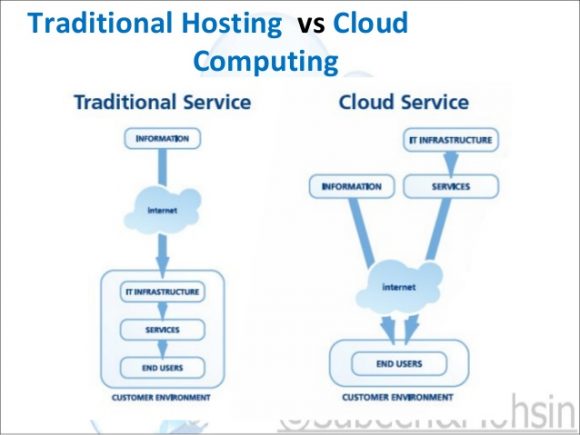Start Your CRO Journey With These 5 Stratagems
The concept of Conversion Rate Optimization, or CRO, is fundamental for anyone looking to run a business online. Until your website has a significant amount of direct traffic, you’ll likely have to rely on external advertising networks to drive visitor numbers.
When an outside user completes a desired action, like purchasing an item or subscribing to a mailing list, that is considered a successful conversion. Your site’s conversion rate is the percentage of ad-generated visitors who perform the transaction as opposed to those who don’t. And the practice of CRO is built around the best practices for improving and growing your conversion metrics.
Don’t fret if your online traffic and sales numbers are poor or stagnant. We’ve compiled five key tools and tips that will have your site soaring in no time.
1. Site Analytics
In order to boost your website’s revenue performance, you first need to have a firm understanding of who your visitors are and what they are doing on the site. Otherwise, your external advertisements will continue to perform poorly and you’ll see a downward trend in your CRO metrics.
The top web analytics tool available today is Google Analytics, which can be set up with a free account and only requires a small amount of JavaScript code to be added to your website. Once it’s going, Google Analytics will record every single pageload that occurs while capturing a wide array of other information, including the visitor’s location, browser type, and session time.
Simply setting up an analytics tool is not enough to drive better conversion rates. You need to review your website statistics on a regular basis and analyze the trends. Two of the key pieces of data to watch are entry pages and exit pages. These will tell you where visitors are landing on your website, as well as what page they decide to leave. Be sure to evaluate your content on these pages and consider creative ways to entice visitors to stay on them longer.
2. Search Engine Optimization
Search engines like Google and Yahoo offer a free and easy way to attract new visitors to your website and business. However, with so many billions of web pages on the internet today, it’s getting harder and harder to make your website stand out from the noise.
Search Engine Optimization (SEO) techniques have been around for many years, but using them is still vital in driving traffic and conversions to your business. Keywords are crucial when it comes to determining how search engines index your website. Make sure your web pages are filled with original content that align to the search keywords you use in HTML headers and on external advertising platforms.
3. Social Media Advertising
As a part of any online business venture, you should create social media accounts on Twitter, Facebook, and Instagram to grow the reach of your brand, products and services. If you find it challenging to acquire new followers on these platforms, you may want to consider investing in social media advertising opportunities.
All three of the leading social networks allow for companies to place paid advertisements in front of a wide audience of users, with targeting based on various demographics. For example, if you are running an online business that sells nutritional supplements, you can run targeted ads on social media and aim them towards users who have expressed an interest in health and fitness.
When you launch an advertising campaign on a social media network, the platform will automatically track how many views and clicks your ad receives. In addition, you can integrate your own website’s code with the platform to determine how many of the ad clicks resulted in a successful conversion.
4. Cloud Design and Hosting
It may sound obvious, but many online business owners don’t realize how crucial website design and performance are to the success of their enterprise. You can drive traffic to your website through search engines or ad networks, but if the content users see is slow or unappealing, they are likely to leave in a hurry and hurt your CRO.
In the modern age of cloud computing, your website should be hosted through a cloud provider. The best option to pursue is a virtual private server (VPS), which will provide you with dedicated hardware on which to run your websites, applications, and other services. Avoid any cloud solutions that involve a shared hosting environment, as this means your server space will be colocated with other companies and may experience a great deal of instability when it comes to performance and speed.
As an added bonus, many of the top VPS hosts also offer easy-to-use design tools to help you build user-friendly pages with minimal coding required.
5. WordPress Plugins
If part or all of your online business revolves around a blog, chances are that you’re using the WordPress platform to manage content. There are a number of third-party WordPress plugins available that will help you improve your CRO metrics and increase revenue from your blog.
One great example is the Hello Bar plugin, which you’ve probably seen used on a number of popular retail sites and blogs. It adds a banner to the top of your website with customizable text that will direct users to complete a conversion, such as joining a mailing list or viewing their shopping cart. Best of all, you can craft a strategy within the Hello Bar plugin to determine exactly when and where visitors will see the alert.
Other popular WordPress plugins will help you run A/B experiment testing on your site, which is where you show two versions of a page or advertisement to different groups of visitors and compare the CRO performance of each one. This can offer a pivotal analysis in helping you craft your advertising and marketing approach for your entire website and business.
This post was written by Will Ellis. He develops the guts beneath beautiful websites and can’t wait to see what the blockchain world will look like once the technology fully emerges. He invests in cryptocurrencies and studies history.




